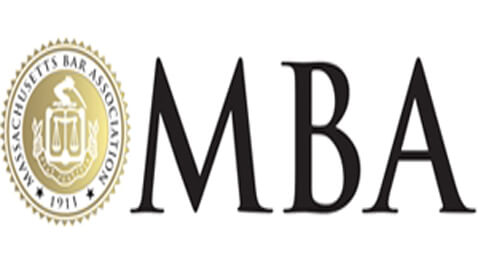
The task force found that two similar professions the medical and dental practice professions and found that both non-legal professions experienced little to no unemployment. However, institutions of both professions placed significantly greater emphasis on providing hands-on practical training that fully equips a student to start practicing after graduation. This is done under supervision of the institute with tests and grades. On the other hand the only chance to learn practical work for a law student is to work as a summer associate or intern at a law firm whose practice, as well as opportunities provided to the student, may not be sufficient to prepare the student for the broader needs of an employment market.
The MBA (Massachusetts Bar Association) task force suggested that law schools in Massachusetts “reinvent the third year so as to provide greater opportunities for law students to gain practical legal experience and expand opportunities to hone their legal writing skills, beyond that offered through traditional first year legal writing programs.”
The MBA Task force also suggested in its report that the U.S. News & World Report should be pressed to incorporate a new criterion into its ranking system, “based on how well each law school prepared its graduates for actual practice.”
The Task force also suggested that the MBA should explore the concept of a highly supervised legal residency program, which would provide practice-area specific training to third year students and/or recent graduates in their chosen area of practice.
In a move, that can make law schools quite desperate if other states and bar associations pick up the suggestion, the task force recommended support of a legislation “similar in concept to the goals of the Sarbanes-Oxley Act, requiring law school deans and trustees to certify that the data provided by the law school is fair and accurate.”
The report also found comparing parallel professions that a far greater number of students are admitted to law schools. For example, only 44 percent of applicants are allowed into a medical school and 42 percent allowed into a dental school, while in the case of law schools the national average of accepting applicants is 69 percent of applicants. That is more than 20 percent of the ratio maintained in parallel professions.












